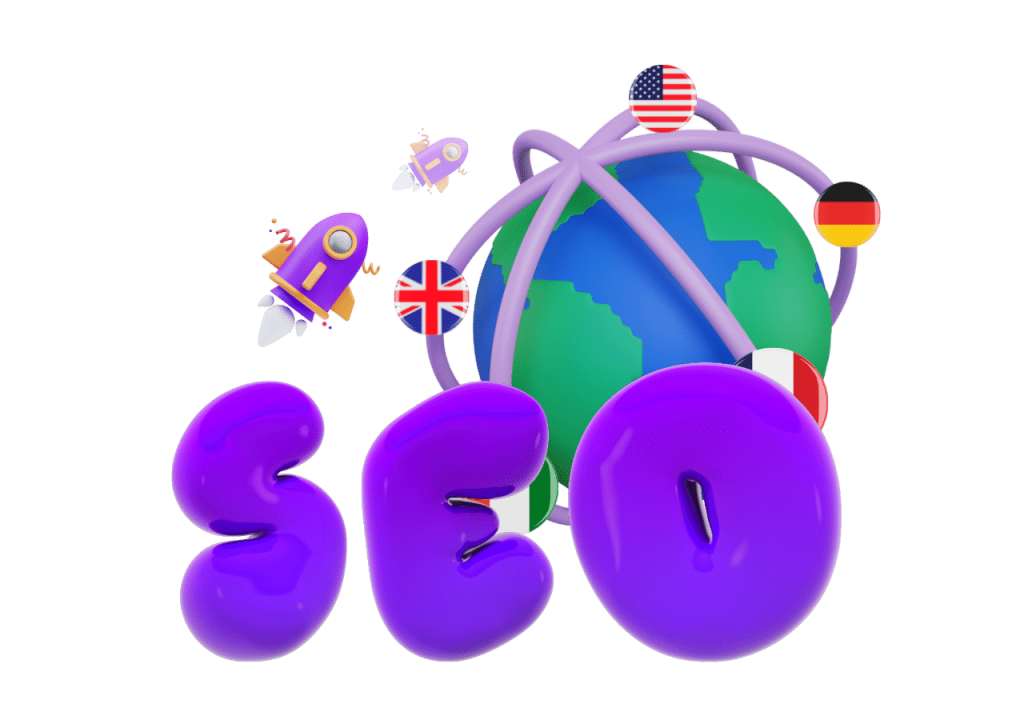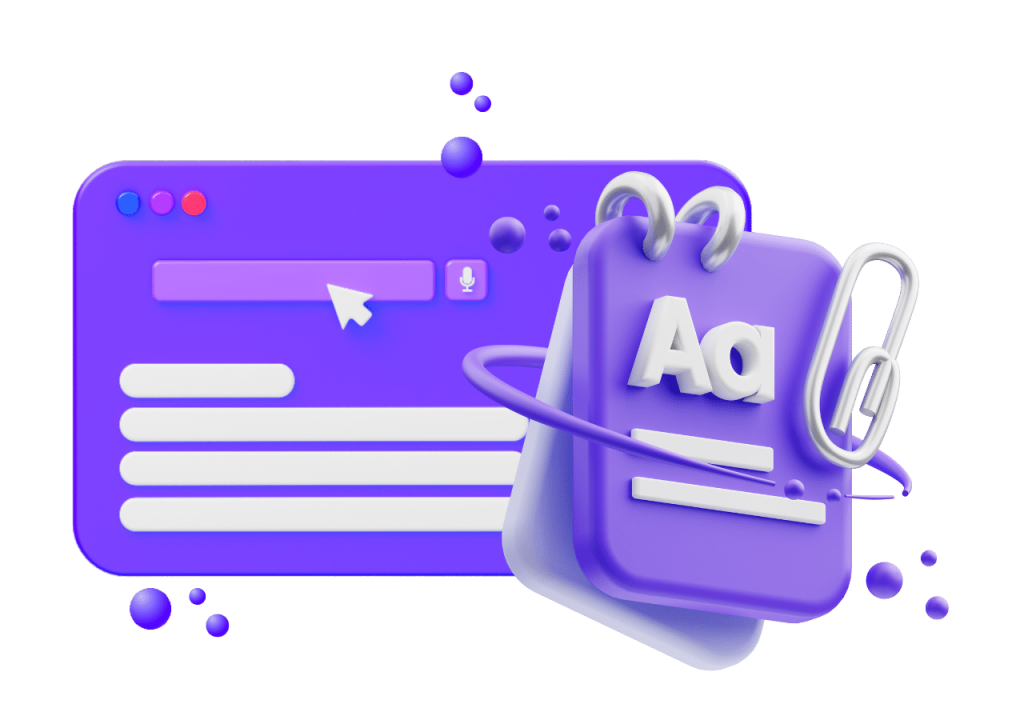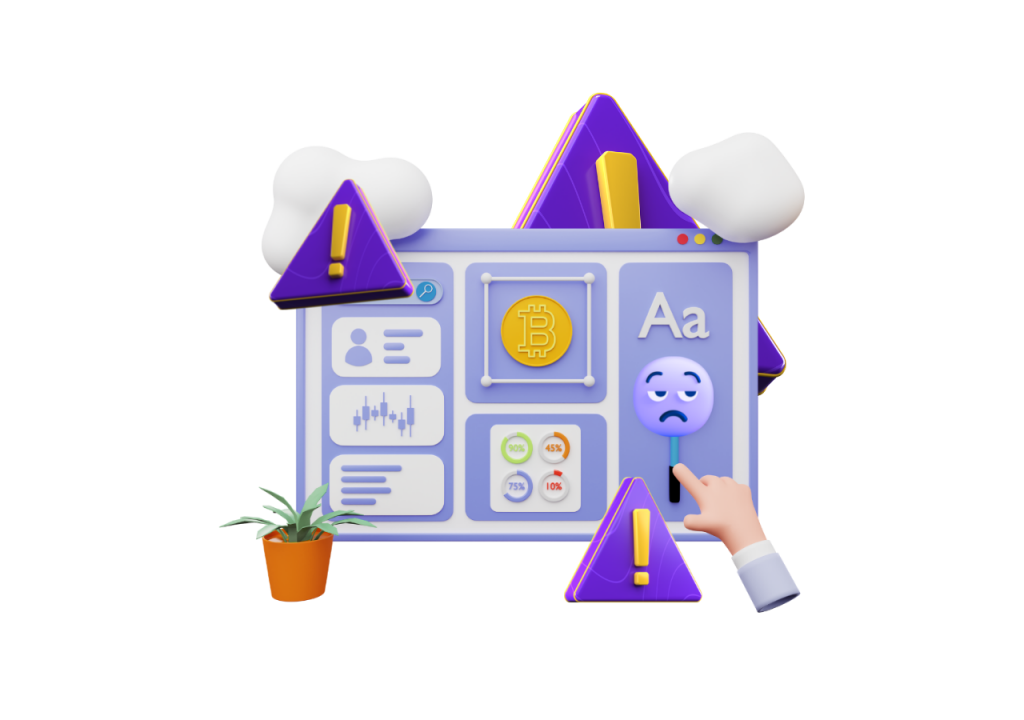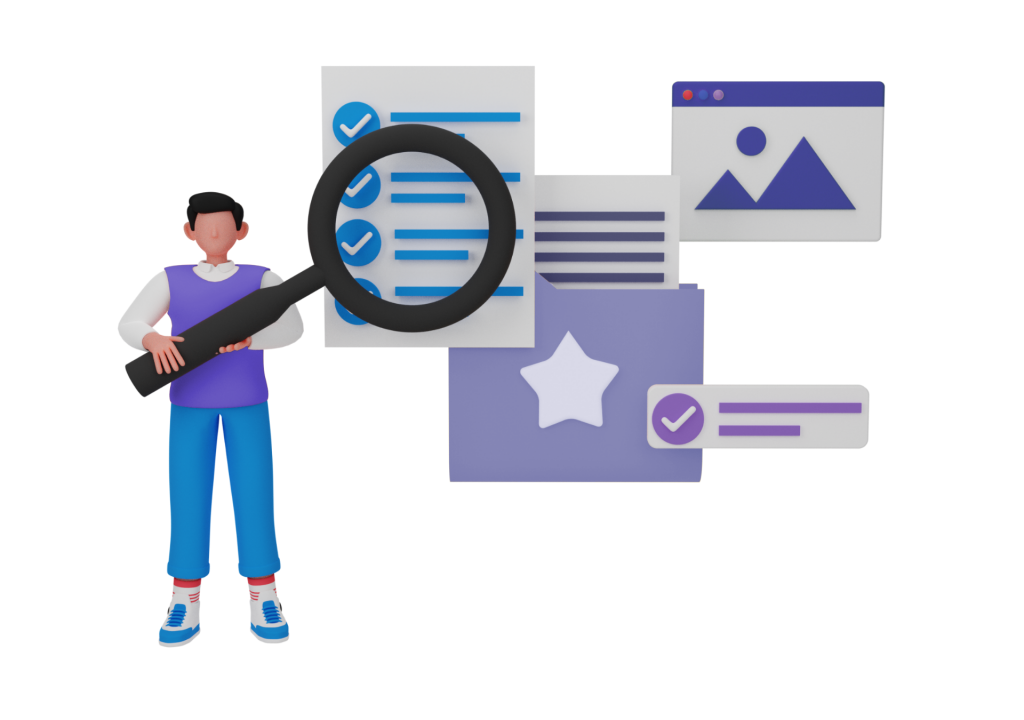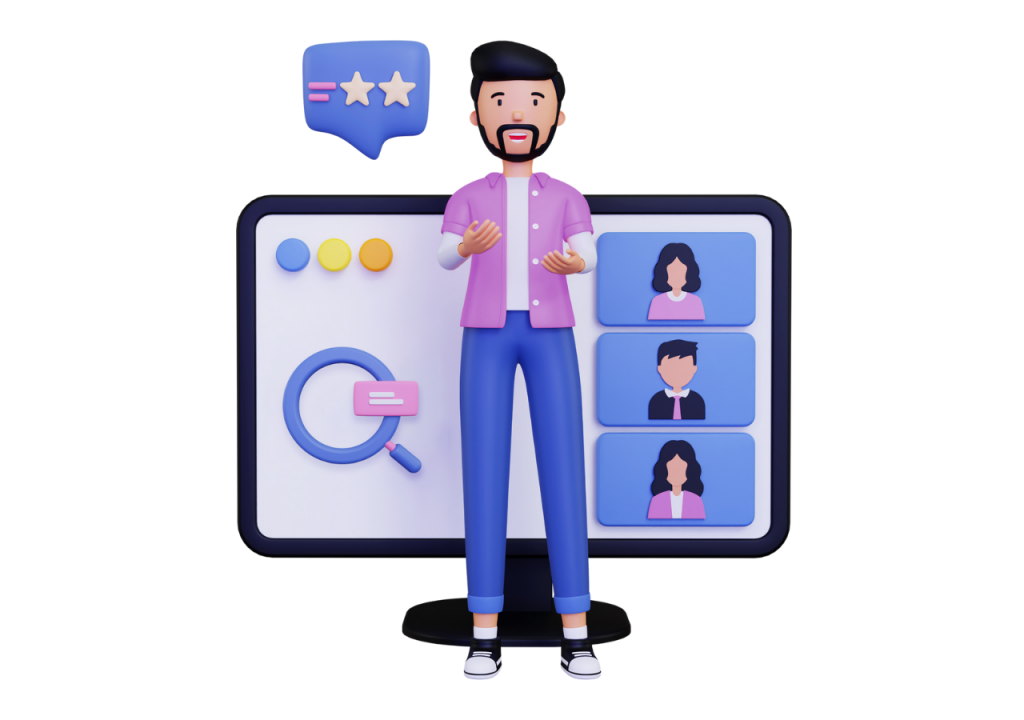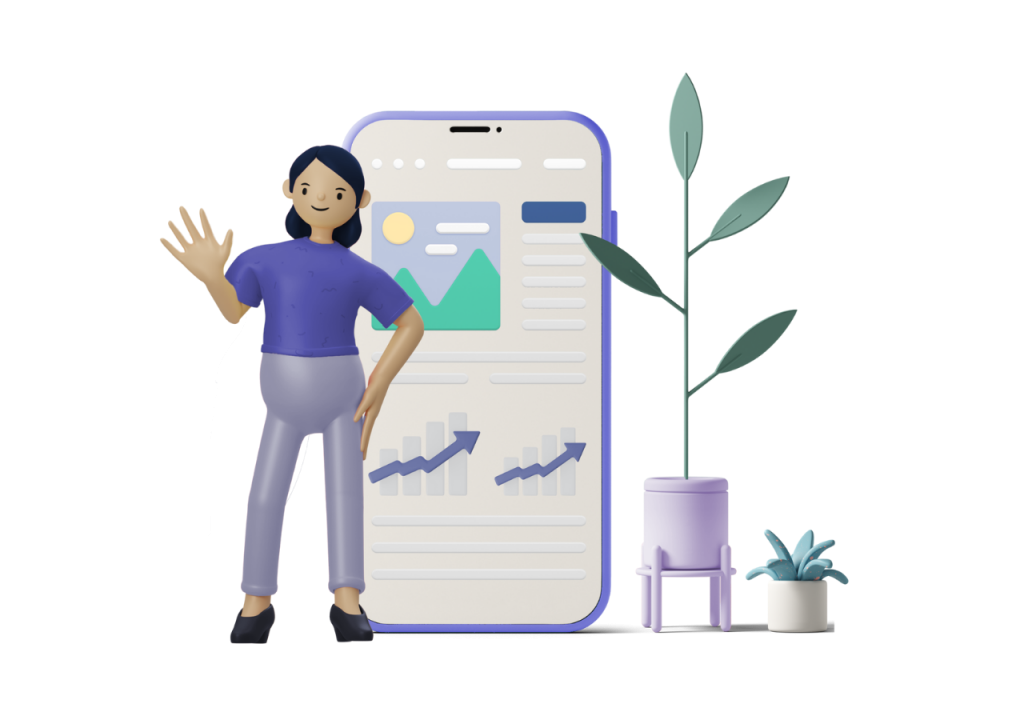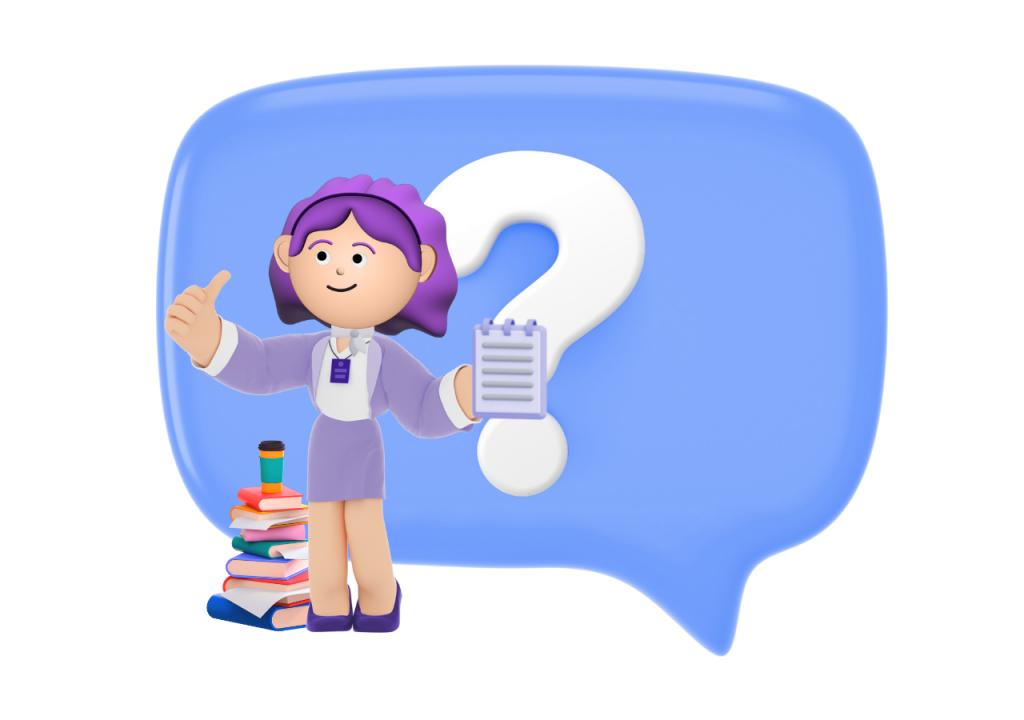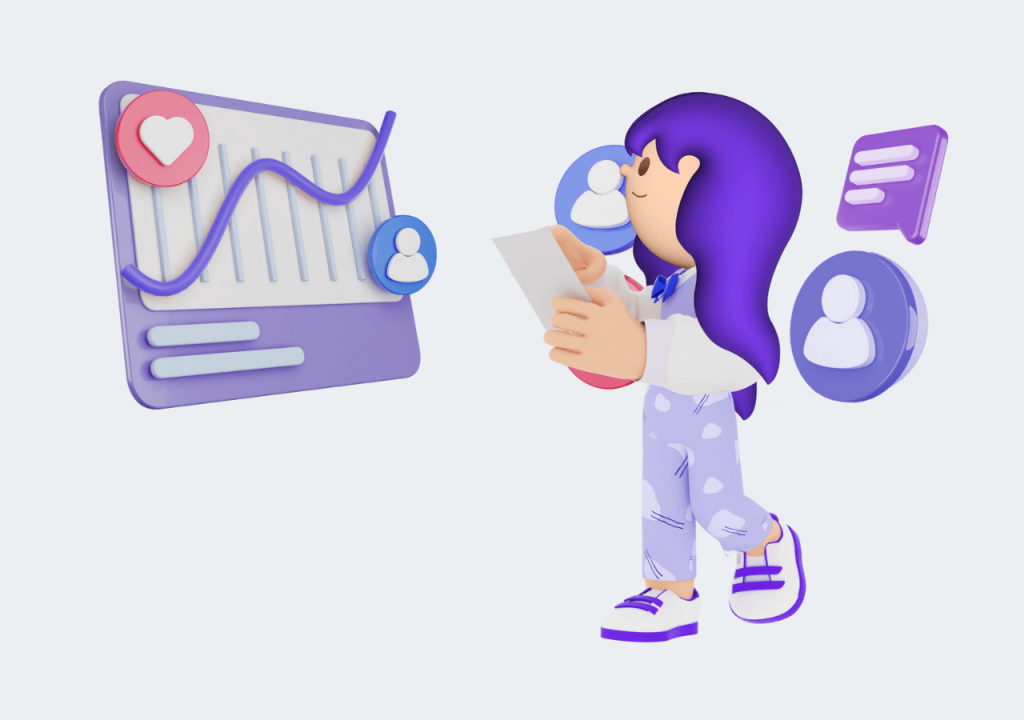All right, folks, I’ve got some good news and bad news about IT content marketing!
The good news is that, as a tech company, you’re already familiar with data-driven decision-making. You’re well aware of how to analyze performance across different channels, pinpoint what content is working best, and determine your target audience.
The bad news? Writing IT commercial text isn’t a job for the faint of heart. It falls upon your content marketing team to introduce complex technologies to prospective customers in simple terms. After all, if somebody doesn’t know what your product does, how can you expect them to be interested in it?
If your company is attracting tons of traffic to your website but not doing so well with conversions – I hate to break it to you, but your visitors likely don’t understand what you’re selling.
So, today, we’re going to look at how to bridge the gap between the product you’re offering and what your audience understands about it. I’ve gathered a few best practices that should make your lives a little easier!
Table of Contents
1. Write for the Customer
First and foremost: write for the people you want to reach! Their lives aren’t revolving around your product’s benefits and features. They couldn’t care less about how your team is “like a family.” What matters to human beings? Needs, wants, and challenges.
So, speak to your target audience on a human level; speak their language, and use it to build connections. Not only will this pull in new customers, but you’ll also foster higher-value relationships with existing customers.
Example: SocialSafe’s website copy speaks directly to readers using relatable situations and simple language. Here is a copy of one of their apps, HealthyMe. It’s written with “you” language and is totally focused on what the app can do for the consumer – making their health record more accessible. No industry jargon or complicated words are used.

2.Use Strategic Storytelling
Humans have used storytelling to communicate, track history, and pass down knowledge for thousands upon thousands of years. Stories run in our blood, and they will always beat a sales pitch IF the story is aligned with your sales and marketing goals.
Now, I’m not going to dive into storytelling; I’ve covered it in this article (while it’s for fintech content, it’s still super applicable to IT texts). Instead, let’s look at what makes a story relevant.
Let’s say your marketing goal right now is to convert more new leads into Marketing Qualified Leads (MQLs). These are new people who come across your content and take an action that shows they want to learn more about your company – whether that be signing up for a newsletter, downloading materials, requesting a demo, and so on.
To get new people to take these kinds of actions, you don’t want to focus your resources on publishing stories about how your company first started. Similarly, stories about an awards ceremony, a collaboration, or an employee showcase won’t do the trick.
To get those MQLs, you’d be better off publishing a story about a company that had a problem – and, of course, explain how that problem was solved by your product. If the reader is, in fact, facing that very same problem, they will likely want to hear more about your company.
Example: Looking at VISA’s blog, you can see a common theme: global impact and forming a better society.
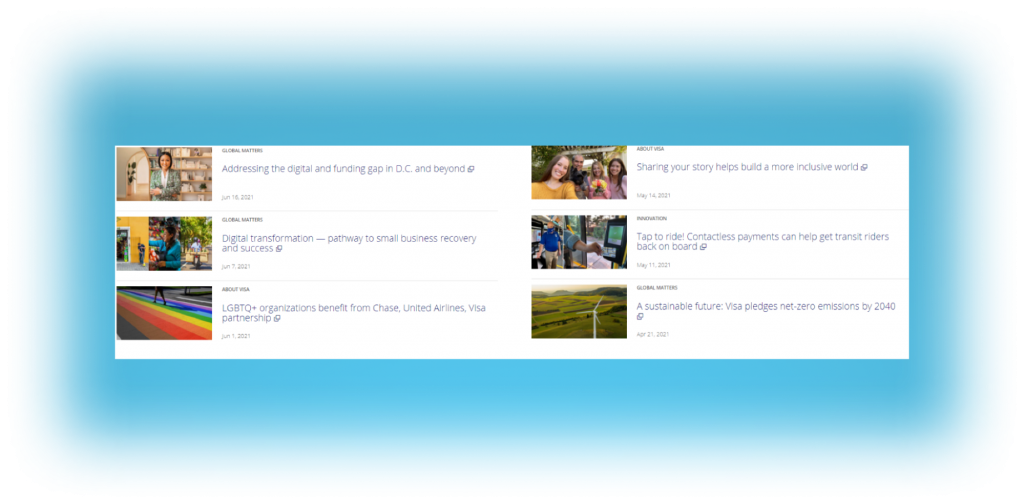
This theme is further hammered in by the blog’s tagline: ” Everything you need to know about the digital trends and initiatives that are transforming commerce and uplifting the communities we serve.”
This kind of strategy is especially useful to high-profile companies that want to set themselves apart from their competitors. They don’t exactly need to gain recognition, as VISA is already a household name. Instead, VISA is calling attention to how they are helping build a more sustainable and inclusive future.
When a consumer is deciding between two high-profile credit card companies with similar benefits and features, these “behind-the-scenes” blogs might make all the difference. By partnering with a company that is doing good, the customer feels like they’re doing good too.
3. Always Answer "Why"
When writing marketing texts about your product, go beyond listing its specifications and features. Use every opportunity to make a connection with the reader, so give the “why” behind each feature. This is actually pretty simple to do; just take a look at your list of features and ask yourself why you added them.
Of course, you’re likely not writing your own marketing copy, so I’d recommend creating a master sheet that lists the reasons behind features.
All right, let’s look at a couple of examples:
Example 1: “OLED screen with 1080 px per inch.” The reader might ask themselves if 1080 pixels are a lot or if it’s below current standards. Perhaps they aren’t sure why an OLED screen is specified. If they don’t have background knowledge on display terminology, the sentence will tell them basically nothing.
So, instead, consider: “Our revolutionary screen displays crystal-clear images and text.”
Example 2: “Our app is cloud-based.” Believe it or not, there are tons of people who aren’t sure what the cloud is. And others may understand the basics, but they might not be sure of the benefits. So, go ahead, give it to them – “Access the app on any device, at any time and any place. It’s hosted in the cloud, so you’ll get extra flexibility and better security.”
Example 3: “We create hybrid apps.” Again, this doesn’t tell the reader anything about why hybrid apps are great. Instead, try – “Our affordable, custom-made apps work perfectly across all operating systems and platforms.”
Example of Successful IT Advertisement Campaigns – Learning From a Master
Hologram, a Chicago-based IoT startup, experienced incredible growth in 2020. The company specializes in SIM cards that connect IoT devices to the internet via cellular networks (instead of the usual Wifi connections). This is super useful for bike and scooter rentals, which have a much further range of motion than a typical Wifi network extends. And this technology can also be applied to shopping carts, drones, heart rate monitors, vehicles – basically any internet-connected device that would move out of a Wifi network’s range.
While international economies were plummeting due to COVID-19, Hologram managed to increase their YoY product usage by just under 150%. However, this wasn’t just due to the merit of the product; it was largely because of the efforts of Hologram’s VP of Marketing, Lynette Grinter. She has worked on several successful Chicago startups and has spent over a decade building up incredible IT marketing strategies.
So, let’s learn from a master and take a look at two key content-related strategies that she’s applied throughout her marketing career.
Using Comparisons
When I was an Education major, our professors always honed in one thing: activate your students’ background knowledge. This makes the new information way more likely to stick – and this principle carries over to marketing and copywriting! When you’re trying to explain a new, complex technical product to consumers, it really helps to compare it to something that’s well-known.
This is something that Grinter applied to Guaranteed Rate, a startup that digitized mortgage applications. Guaranteed Rate’s marketing team compared this new technology to “the old ways,” pushing pain points of traditional mortgage applications – like the pain-in-the-ass process of faxing documents and emailing personal information.
Then, they went a step further by running sweepstakes on social media, with the hashtag #OldWayBlownAway. People were encouraged to post pictures of outdated technology and use the hashtag; the winner would get their mortgage covered for three months! That’s an incredible deal!
As you can imagine, the sweepstake received lots of submissions, and the company got tons of publicity – and the cost of a few months of mortgage paled in comparison to the marketing benefits.
Another comparison example – this one was used with Hologram.io. On their website, I noticed that they strategically chose a testimonial that includes a comparison:

With this simple sentence, Hologram is able to better show readers what their product does: combining the ease-of-use, trustworthiness, and widespread availability of Stripe with SIM management. A second example – the section “How Hologram Works” compares SIM management with and without their product. This is similar to what Grinter did with Guaranteed Rate, with the pain points of traditional technology addressed by Hologram’s innovative features.
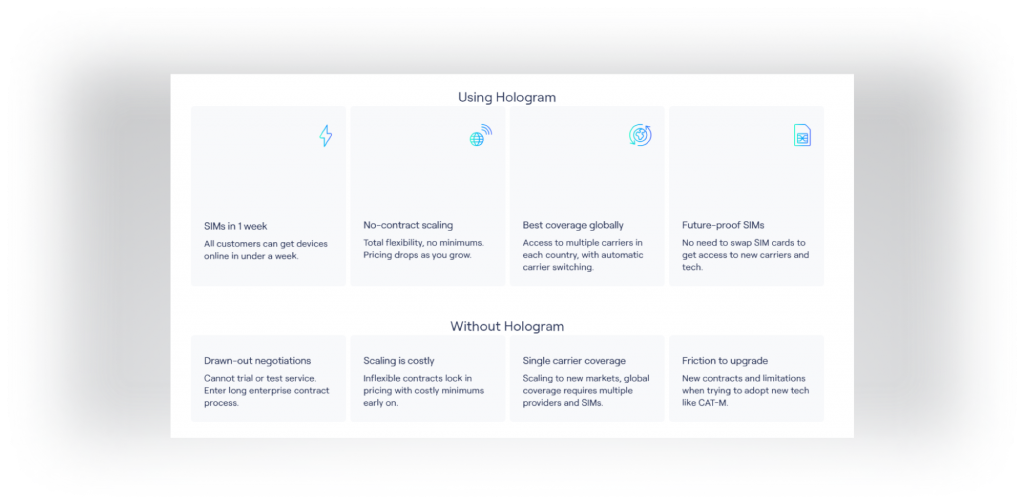
The Name Matters
When deciding on a product name, don’t forget that it’s a great opportunity to hammer in what the product does! Another startup that Grintner worked at, TicketsNow, had a rocky start. At the time, peer-to-peer ticket sales were deemed suspicious by most people, and there were plenty of scams going around.
However, Ticketmaster was a highly trusted ticket sales company. So, when Ticketmaster bought out TicketsNow, the product name was changed to Ticketmaster Verified – and its usage increased heavily.
Take it a step further – examine the name of EVERYTHING you post. Not just the names of products; carefully choose the name of blog articles, subject lines of email copywriting, landing page headings, and so on. Whenever you have a chance to make your product seem more reputable and easier to understand, do it!
Let’s go on over to Hologram’s website and see how this principle is applied to their content.
When you first click onto their homepage, the first thing you notice is “Internet everywhere, for everything.”
In just four words, they broke down the essence of Hologram: to connect any device to the internet, no matter where in the world you are. And then, they did something that I really like. Instead of listing ways that you can use Hologram, the text is accompanied by a picture of a shopping cart, a drone, and a scooter. So, the company hasn’t boxed itself in as a SIM card for scooters company – but the image suggests that this is a good application.
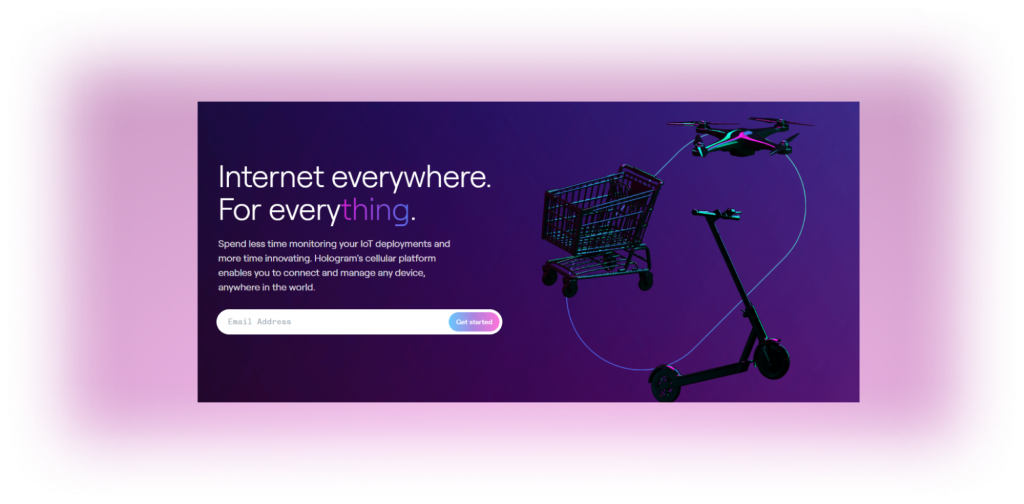
Create a Kick-Ass IT Advertisement Strategy With Contenteam
Here at Contenteam, we are happy to integrate directly into your marketing strategy! At our IT content agency, we’ve carefully honed the perfect editorial pipeline. Our writers aren’t just trained in crafting great copy – they also have relevant technical knowledge. After they create content, the texts pass to an IT expert who fact-checks information. Then, it goes on to an editor, a proofreader, and then you!
We’ll create commercial texts of all forms – from long-form articles and press releases to Facebook ad text. We can even do “subscribe to our newsletter” text that shows up at the bottom of the website. Even the smallest detail can make a difference!
So, whether you need landing page text that makes your product’s purpose clear, high-quality blog posts with natural CTAs, or text message push notifications, we’ve got you covered. Just shoot us a note; I’d be glad to chat with you about how we can help you produce clear and selling IT texts!


